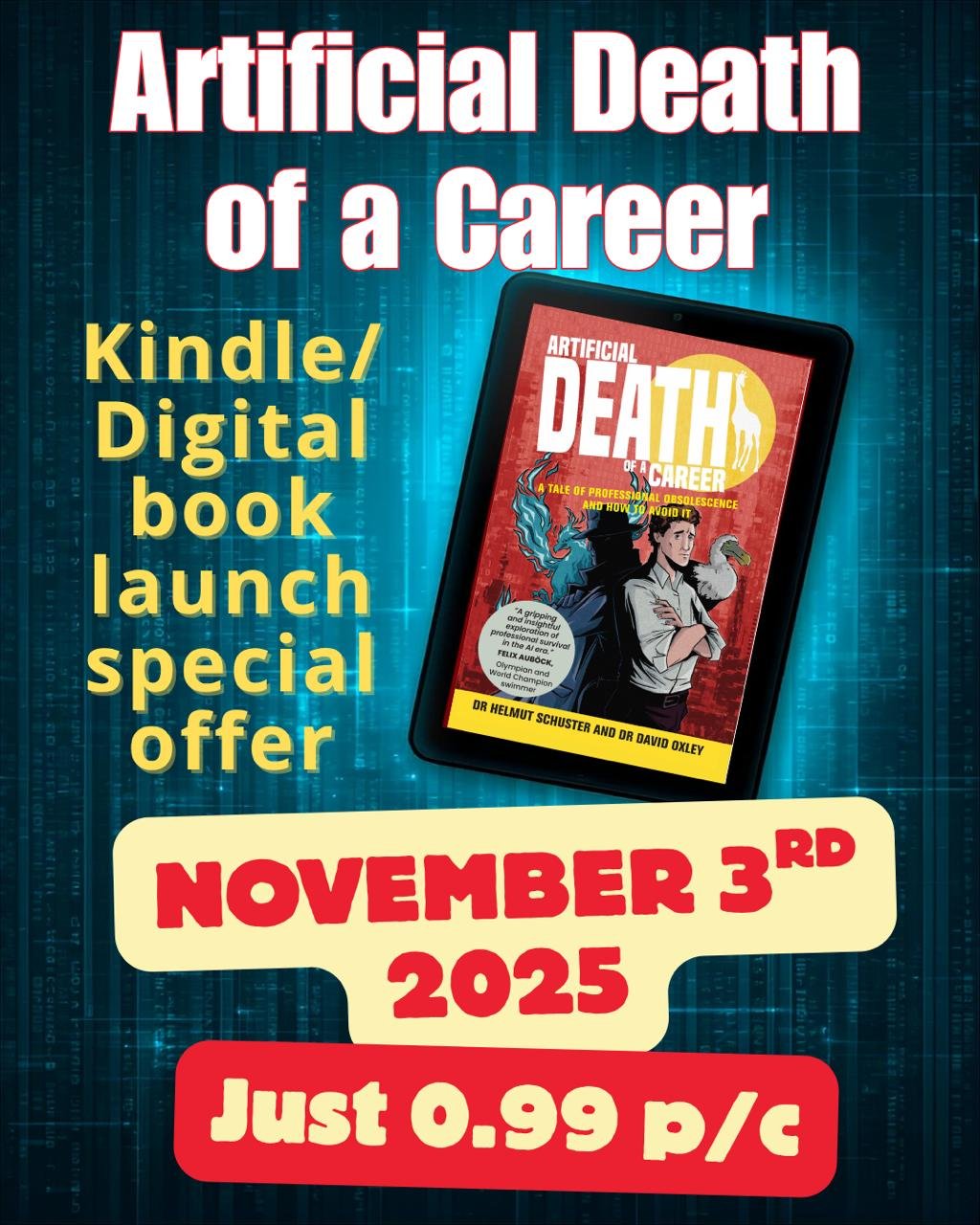Simplifying hundreds of cutting-edge research papers in order to provide evidence-based recommendations to line managers is no mean feat. But this is exactly what Carol T. Kulik and Elissa L. Perry have accomplished both in the first edition of the book Human Resources for the Non-HR Manager, published in 2004, and now in the second edition published in 2023.
This book is a must-read for the non-HR line manager, whose time is often taken up juggling core human resources management processes throughout the employee’s lifecycle, from recruitment, onboarding, training and development, performance management to retaining employees. In fact, day-to-day people management is increasingly the purview of today’s managers, no matter what their functional area may be. But how many such managers or aspiring managers are trained on HR issues and competencies? Quite often they receive no training, but learn on the job, which in effect means through trial and error, and possibly also by observing how other managers are faring.
It is in this context that this book is a magic wand of sorts, as it covers a lot of ground, and that too in a conversational style. The authors have really thought about readability, because apart from the easy-to-read writing style, a variety of techniques have been used to break up each chapter:
- Manager’s knots: These are succinct vignettes that zoom into a problem area, with a no-frills approach (e.g I run a large division and am responsible for 50 employees … due to shortage of time, should I focus my energy on the top 5 to 10 highest performers? p 9).
- A quick analysis of an issue (e.g a comparative table to summarize the advantages and disadvantages of external and internal recruiting methods p 26).
- Manager checkpoints, asking the manager pertinent questions to think about on the issue in hand.
- Also, each chapter ends with recommendations for further reading.
There are additional resources available on the book website (www.nonhrmanager.com), including chapter 5 on ‘Onboarding new employees.’ Also, there is a series of brief videos that highlight some people management challenges, known as ‘In a Nutshell,’ as well as a few short activities to help the reader practice their new-found knowledge, known as ‘Undercover Manager.’ The authors have also considered course instructors who plan to adopt this book for teaching purposes, by providing them with access to relevant teaching resources.
The only hindrance to readability is that the chapter end notes run into a few pages, with details of at times 80 to 90 book or journal references from where the information has been sourced. While researchers are taught to ensure meticulous referencing details, the managers reading this book may be less interested in this and may only delve into a few references for further reading. It would have added to the readability of the text if these were taken as end notes at the end of the book, with chapter-wise details. The Routledge production editor would have been in a position to suggest this to the authors, keeping in mind that the readership is the practitioner, not the academic.
The second edition, which is 60 pages longer than the first, considers the international readership and thus highlights cultural variations that line managers need to consider. Company examples have been drawn from both large and small firms in Europe, North America and also Asia.
There are of course other books on this topic, such as HR Fundamentals for Non-HR Managers
Can We Be Friends? (& CYA) by Debbie McGrath, Mwannesi Wade, Jo Weech, Debbie Hill, Heidi Scott, Gavin Morton and David Creelman (2021), HR.com. However, Kulik and Perry’s book stands head and shoulders above the rest for drawing on an evidence-based approach for line managers and aspiring line managers to gain deep insights into human resource management issues, while interspersing this with examples of practical problems. A secondary readership would be professors of HRM, who would find the vignettes useful to stimulate class discussion on finding solutions for human resource challenges.










